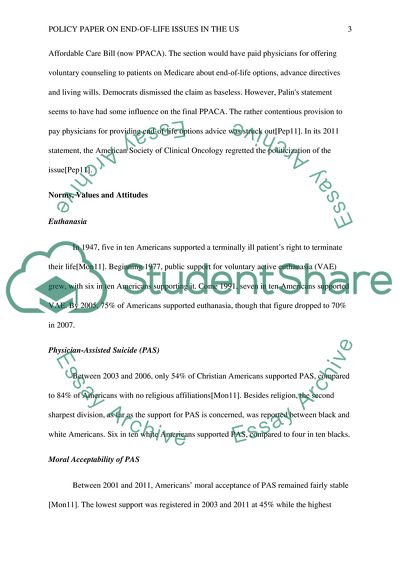Cite this document
(Policy Paper Coursework Example | Topics and Well Written Essays - 1750 words, n.d.)
Policy Paper Coursework Example | Topics and Well Written Essays - 1750 words. https://studentshare.org/sociology/1876902-policy-paper
Policy Paper Coursework Example | Topics and Well Written Essays - 1750 words. https://studentshare.org/sociology/1876902-policy-paper
(Policy Paper Coursework Example | Topics and Well Written Essays - 1750 Words)
Policy Paper Coursework Example | Topics and Well Written Essays - 1750 Words. https://studentshare.org/sociology/1876902-policy-paper.
Policy Paper Coursework Example | Topics and Well Written Essays - 1750 Words. https://studentshare.org/sociology/1876902-policy-paper.
“Policy Paper Coursework Example | Topics and Well Written Essays - 1750 Words”. https://studentshare.org/sociology/1876902-policy-paper.


